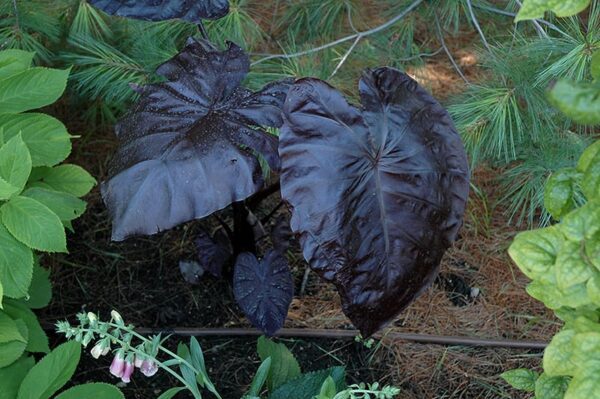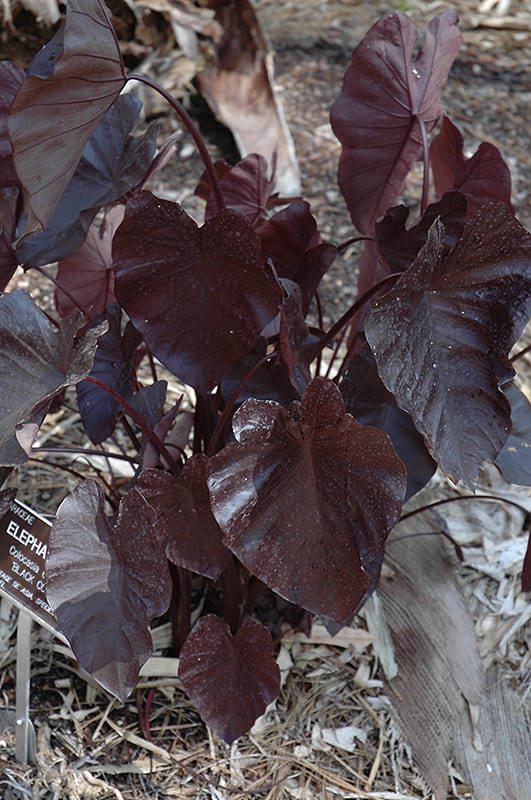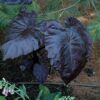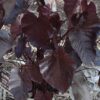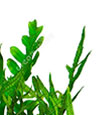Black Coral Elephant Ear
Deep burgundy-black leaves are one of the darkest grown; best grown in fertile, organically rich soil; in colder climates it can be removed after first frost and stored in a cool dry place until spring; a stunning garden, or pondside accent plant.
Please contact your local store for product availability.
Find a garden center near you.
Species: esculenta
Other Species Names: Cocoyam, Dasheen, Taro
Plant Height: 48 in.
Spread: 36 in.
Evergreen: No
Plant Form: arching
Summer Foliage Color: burgundy
Minimum Sunlight: partial shade
Maximum Sunlight: full sun
Black Coral Elephant Ear's attractive enormous heart-shaped leaves remain burgundy in color with showy black variegation and tinges of dark red throughout the season. Neither the flowers nor the fruit are ornamentally significant.
Black Coral Elephant Ear is an open herbaceous perennial often grown as an annual with a shapely form and gracefully arching foliage. Its wonderfully bold, coarse texture can be very effective in a balanced garden composition.This is a relatively low maintenance plant, and should be cut back in late fall in preparation for winter. It has no significant negative characteristics.Black Coral Elephant Ear is recommended for the following landscape applications;AccentMass PlantingGeneral Garden UseContainer Planting
Black Coral Elephant Ear will grow to be about 4 feet tall at maturity, with a spread of 3 feet. It grows at a fast rate.This plant does best in full sun to partial shade. It is quite adaptable, prefering to grow in average to wet conditions, and will even tolerate some standing water. It is not particular as to soil pH, but grows best in rich soils. It is somewhat tolerant of urban pollution. This is a selected variety of a species not originally from North America. It can be propagated by division; however, as a cultivated variety, be aware that it may be subject to certain restrictions or prohibitions on propagation.Black Coral Elephant Ear is a fine choice for the garden, but it is also a good selection for planting in outdoor pots and containers. Because of its height, it is often used as a 'thriller' in the 'spiller-thriller-filler' container combination; plant it near the center of the pot, surrounded by smaller plants and those that spill over the edges. Note that when growing plants in outdoor containers and baskets, they may require more frequent waterings than they would in the yard or garden.

